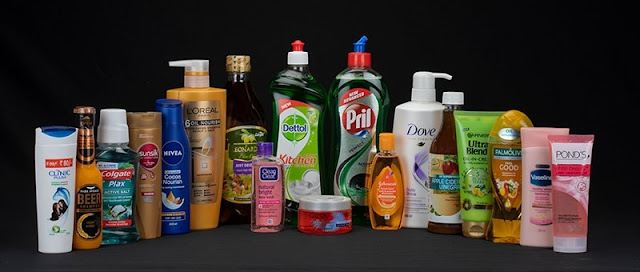Highest Quality Printed Labels- Orianaa Decorpack
A good sticker must be visually appealing, but it must also serve the purpose for which it was intended. Stickers Labels are a crucial component of packaging in many different sectors. There are numerous businesses that produce the plastic and paper labels for medicine bottles, alcohol bottles, shampoo bottles, etc.
To produce adhesive labels of the highest quality possible at the most reasonable price, it is crucial to choose the material, adhesive, and inks carefully.
Flexographic label printing is suggested for larger runs because it provides better quality and enables unique finishing options like custom inks, reliefs, and textures. The price per unit is typically significantly lower when printing this many labels, making up for the higher upfront costs and longer payback periods.
Label paper types include:
Paper that has been coated:
Perhaps the most used backing material for printed labels on consumer goods is coated paper, commonly known as coated paper. It has the most consistent quality and a great quality to price ratio. It is paper to which a layer of stucco, a mixture of adhesives and mineral pigments, has been applied. This enhances the visibility of printed colors.
positioned paper:
A traditional paper with good performance and rubbing resistance is lay paper. Its surface has transverse markings of varying thickness that may even be seen in the light, which define its finish. It has a rustic appearance and is frequently used to dress wines and liquors.
Paper with metal on it:
For high-quality labels and especially for use in cold and wet environments, metallic paper is advised. This particular type of paper has a metallic sheet that is printed on. There are various gloss or matte tones, and they are typically gold or silver.
readability and clarity:
When the resolution rises, the print quality also does. Resolution has an impact on the printed image's quality and the amount of data packed into a specific space. In comparison to a code printed at 203 dpi, one printed at 300 dpi will be sharper and smaller in size.
Inkjet cadence:
Print resolution and speed are inversely correlated; the higher the resolution, the slower the print speed.
labelling style:
High resolutions are more important as print size decreases for legibility of text and barcodes. Consider labels that are smaller than 20 mm x 10 mm that are applied to electronic boards. To produce legible text and barcodes, we should unquestionably select a resolution between 300 and 600 dpi.
Ideas for designing the label layout
The right label material, thermal transfer ribbon, print head upkeep, print speed, and a design layout label that is synced with the printer dpi are all necessary to achieve flawless print quality. The barcodes must adhere to exact proportions, and the label's quality will decline if the design is not executed in accordance with the printer's instructions. To know more visit orianaa

Comments
Post a Comment